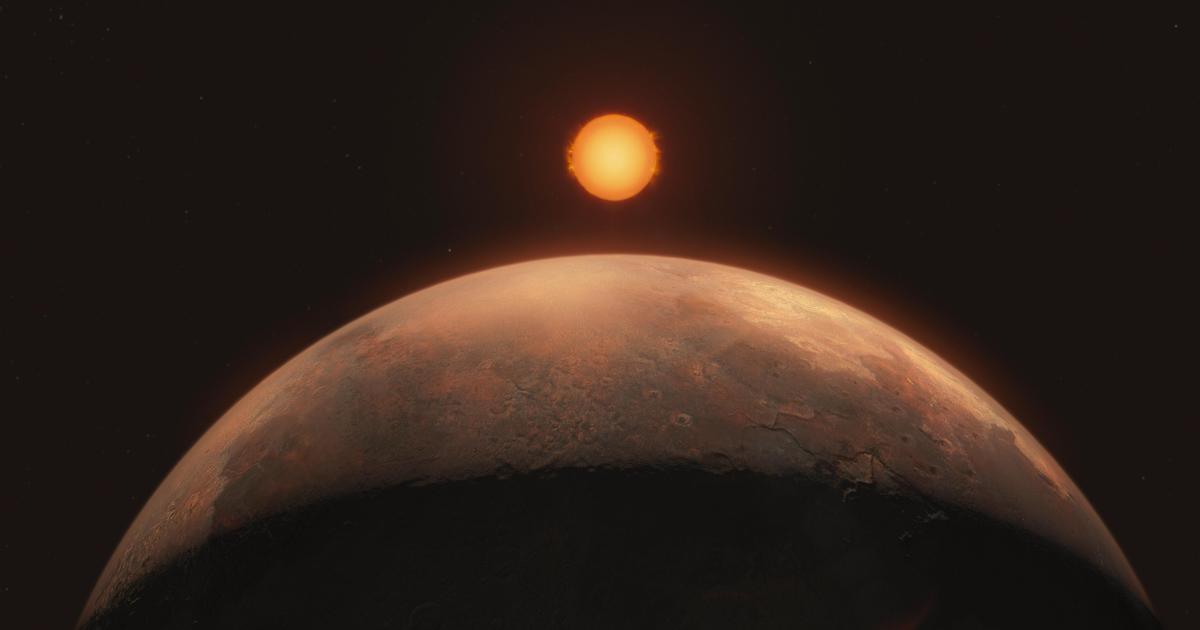
In our local cosmic neighborhood, the nearest star is Proxima Centauri, which is part of the three-star Alpha Centauri system and known to host exoplanets of its own. But just a little further away is a single star on its own, known as Barnard’s star. Recently, astronomers discovered that this star also hosts at least one exoplanet, and could host as many as four.
At just six light-years from Earth, Barnard’s star is close by and has long been of interest to researchers searching for nearby exoplanets. But as a small, dim type of star called a red dwarf, no one has discovered an exoplanet here before — though there were hints found in 2018 that such a planet might exist.
Now, the researchers have confirmed the discovery of planet Barnard b, which orbits so close to the star that a year there lasts just 3.15 Earth days. At2 0 times closer to its star than Mercury is to the the sun, you might expect it to have scorching-hot surface temperatures. But because Barnard’s star is so dim, the planet’s surface temperature is a relatively mild 125 degrees Celsius. That does mean it’s too hot to be considered habitable, though.
“Barnard b is one of the lowest-mass exoplanets known and one of the few known with a mass less than that of Earth. But the planet is too close to the host star, closer than the habitable zone,” explained lead researcher Jonay González Hernández of the Instituto de Astrofísica de Canarias in Spain in a statement. “Even if the star is about 2,500 degrees cooler than our sun, it is too hot there to maintain liquid water on the surface.”
The team also found indications of three more possible exoplanets orbiting the star. It took five years of observations to confirm the existence of Barnard b using the ESPRESSO instrument on the European Southern Observatory’s Very Large Telescope, as it can measure the way that planets’ gravity causes the star to wobble. To determine if there really are another three planets in this system, the researchers will need even more readings.
“We now need to continue observing this star to confirm the other candidate signals,” said fellow researcher Alejandro Suárez Mascareño. “But the discovery of this planet, along with other previous discoveries such as Proxima b and d, shows that our cosmic backyard is full of low-mass planets.”
Services Marketplace – Listings, Bookings & Reviews
